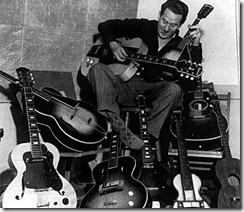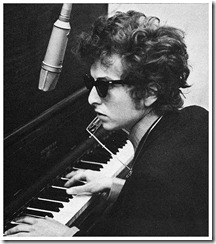Is It Live or Is It… Just Music?
October 7, 2009 at 2:28 pm mediaslap Leave a comment
 I’ve recently returned to teaching audio at Houston Community College after a not-so-brief hiatus of some 20+ years. As I was preparing a lesson plan about microphones, I outlined in the lecture that recording and microphone techniques could be historically divided into two major categories: old-school & new-school. And inevitably, there was a crossover period where old school techniques co-existed with the beginnings of a new-school approach. And these disciplines coincided over a period well-known for memorable music productions known as the SIXTIES (in reality, 1955 to 1968 +/- a year or so).
I’ve recently returned to teaching audio at Houston Community College after a not-so-brief hiatus of some 20+ years. As I was preparing a lesson plan about microphones, I outlined in the lecture that recording and microphone techniques could be historically divided into two major categories: old-school & new-school. And inevitably, there was a crossover period where old school techniques co-existed with the beginnings of a new-school approach. And these disciplines coincided over a period well-known for memorable music productions known as the SIXTIES (in reality, 1955 to 1968 +/- a year or so).
Prior to the sixties, the goal of music recording was to CAPTURE a performance. Both theaters and music studios were meticulously-designed in regard to natural sound and acoustics. Levels and volumes were adjusted by the musicians themselves or by physical placement on the “stage” of the performance. The recordist’s goals were to embrace the sound as if the listener were present at the performance.
|
Paul with his Les Paulverizer, another one of his inventions that amplified and multiplied sound to simulate a full orchestra, delighted 1950s America as a star of vinyl, radio, and television. His inventiveness in the recording process enriched electronics company Ampex using his designs to become the standard in professional recording throughout the 1950s and 1960s. |
With the introduction of multi-track recording and large-format mixing consoles in the late 60’s, the new-school era of recording began. The process was conceived and developed by guitarist Les Paul in the 1940s with the financial and inspirational assistance of Bing Crosby and the Ampex Corporation,Each musical part of an overall performance could be recorded until it was “perfect”. If a “group performance” was good, but the bass player hit a bad note on the 32nd measure, you could now go back and “punch-in” the correct note from the bassist. Isolation of all instruments became ultra important as each part became a “performance” unto itself. Each “track” had its own level & tone control as well as acoustic environment. Now, the recording process BECAME the “performance.” This phenomenon has grown even more isolated, surgical and non-human in the present-day environment of digital workstations and virtual instruments.
In the SIXTIES… The first multi-track recorders (notwithstanding Les Paul’s research) appeared in 2-track & 3-track formats. Coming from a history of “capturing the performance”, the Rhythm Section of a song still followed the old-school guidelines in either mono or stereo (1 or 2 tracks respectively). That would leave one or two tracks open for a separate, isolated performance of vocals, string sections or horn sections – perhaps even a solo instrument. But the energy and synergy of capturing people playing together as a musical group was kept intact. In the extreme case of Phil Spector’s famous “wall of sound”, there would be two of every instrument – Two drummers, two piano players, two bass players, at least two guitar players & on & on – All playing simultaneously! The results were huge backing tracks full of energy, excitement, tone and acoustic space! And THAT is the magic inherent in the music of the period (and why recordings from that period continue to gain appreciative listeners, year after year, generation after generation).
Now I’m not revealing any startling new hypothesis here, nor am I addressing a subject that hasn’t already been reviewed or discussed by many before me. Presently, even music-as-a-career is currently in the middle of a old-school/new-school transition. But it’s always worthy to take a look in the rear-view mirror every now & then, especially in a discipline such as music where the career path to future success is so ill-defined. We’re all in search of the magic energy of a hit song. And in a world that’s become increasingly virtual and synthesized, maybe some answers lie in mixing modern music methods with the true beauty of human group interaction. Is it live? or is it… just music.
###
Entry filed under: audio production, commentary, music. Tags: 60's, Ampex, comentary, HCC, Les Paul, multi-track recording, music recording.


Trackback this post | Subscribe to the comments via RSS Feed